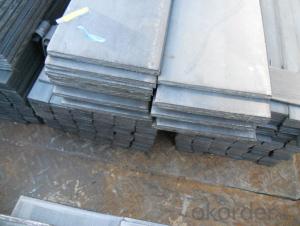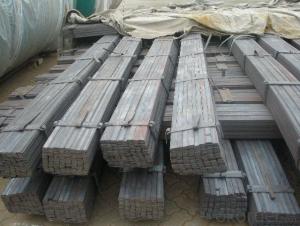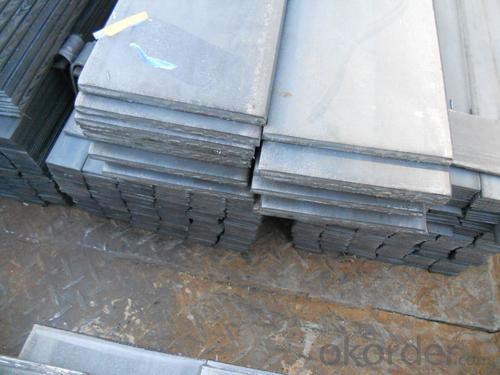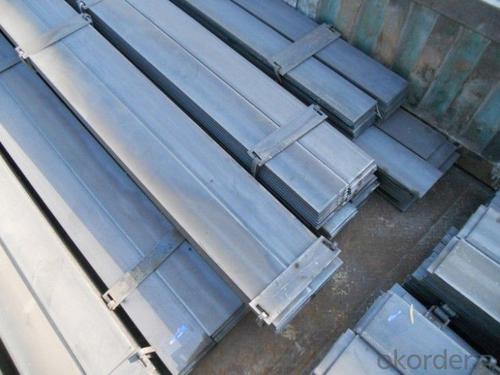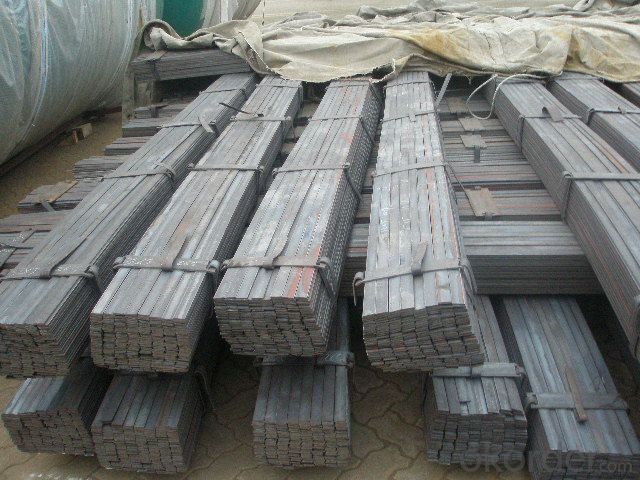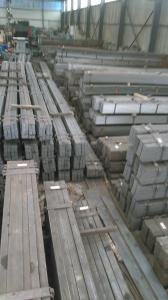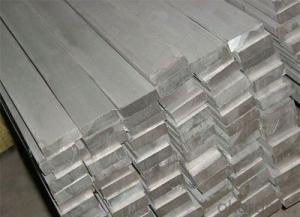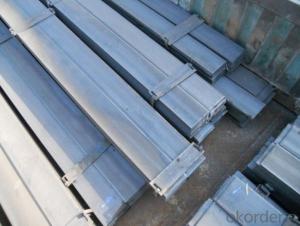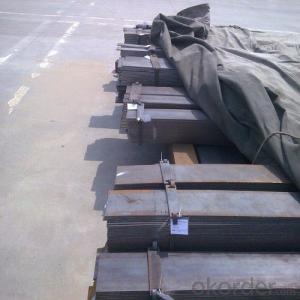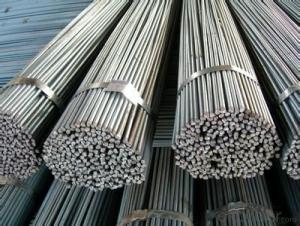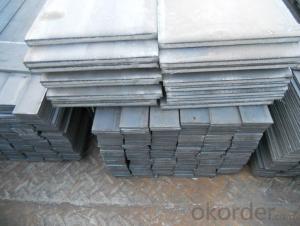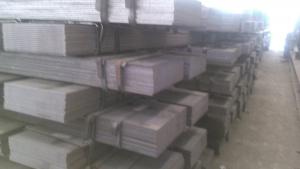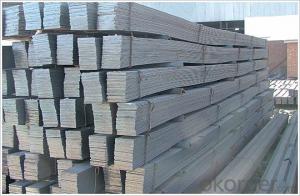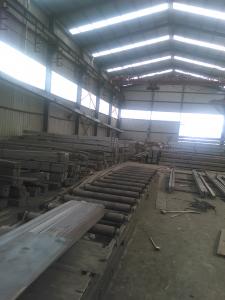Hot Rolled Flat Bar in Q235B with High Quality
- Loading Port:
- Tianjin
- Payment Terms:
- TT OR LC
- Min Order Qty:
- 25 m.t.
- Supply Capability:
- 10000 m.t./month
OKorder Service Pledge
OKorder Financial Service
You Might Also Like
Product Description:
OKorder is offering high quality Slit Cutting Flat Bar at great prices with worldwide shipping. Our supplier is a world-class manufacturer of steel, with our products utilized the world over. OKorder annually supplies products to European, North American and Asian markets. We provide quotations within 24 hours of receiving an inquiry and guarantee competitive prices.
Product Applications:
Slit Cutting Flat Bars are ideal for structural applications and are widely used in the construction of buildings and bridges, and the manufacturing, petrochemical, and transportation industries.
Product Advantages:
OKorder's Slit Cutting Flats Barare durable, strong, and resist corrosion.
Main Product Features:
· Premium quality
· Prompt delivery & seaworthy packing (30 days after receiving deposit)
· Corrosion resistance
· Can be recycled and reused
· Mill test certification
· Professional Service
· Competitive pricing
Product Specifications:
Manufacture: Slit Cutting
Grade: Q195 – 235
Certificates: ISO, SGS, BV, CIQ
Length: 6m – 12m, as per customer request
Packaging: Export packing, nude packing, bundled
Chemical composition of Q235
Alloy No | Grade | Element(%) | ||||
C
| Mn
| S
| P
| Si
| ||
Q235
|
B
|
0.12—0.20 |
0.3—0.7 |
≤0.045 |
≤0.045
|
≤0.3
|
Physical properties of Q235
Alloy No | Grade | Yielding strength point(Mpa) | Tensile strength (Mpa) | Elongation after fracture(%) | ||||||
Thickness (mm) | Thickness (mm) | |||||||||
≤16 | >16--40 | >40--60 | >60--100 | ≤16 | >16--40 | >40--60 | >60--100 | |||
≥ | ≥ | |||||||||
Q235 |
B |
235 |
225 |
215 |
205 |
375--500 |
26 |
25 |
24 |
23 |
FAQ:
Q1: How soon can we receive the product after purchase?
A1: Within three days of placing an order, we will begin production. The specific shipping date is dependent upon international and government factors, but is typically 7 to 10 workdays.
Q2: How do we guarantee the quality of our products?
A2: We have established an advanced quality management system which conducts strict quality tests at every step, from raw materials to the final product. At the same time, we provide extensive follow-up service assurances as required.
Q3: The products are invoicing on theoritical weight or on actual weight?
A3: We can do it in both manners, according to the customers' request.
Images:
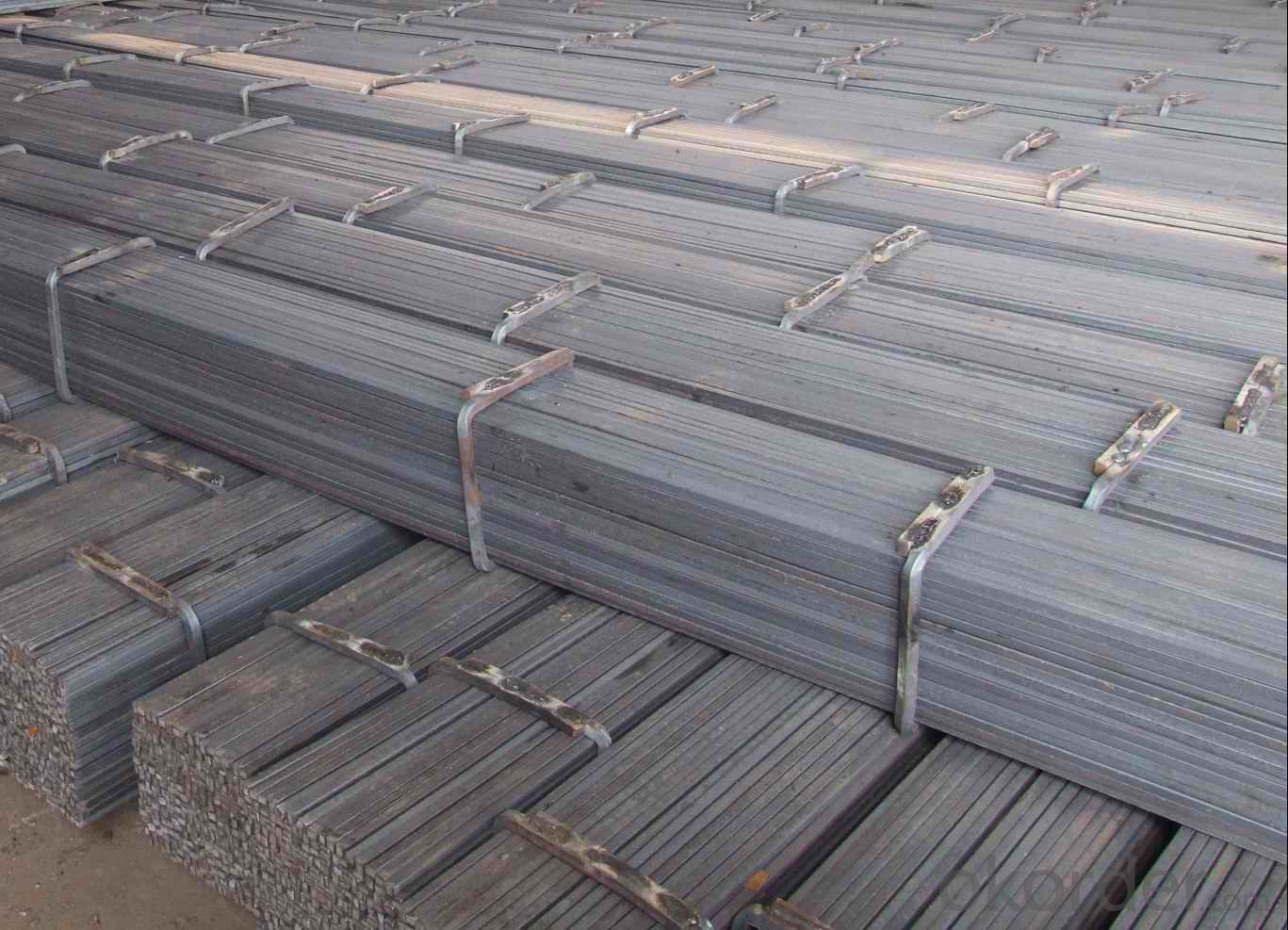
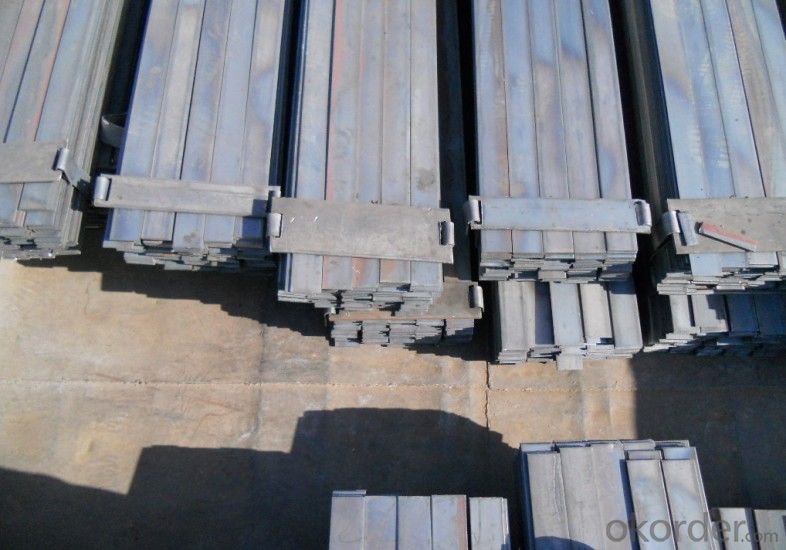
- Q: Can steel flat bars be cold worked or hot worked?
- Steel flat bars can be both cold worked and hot worked, depending on the desired outcome. Cold working refers to the process of shaping or forming the steel at room temperature through techniques such as rolling, bending, or drawing. This method is commonly used to improve the strength and hardness of the steel, as well as to achieve precise dimensions and smooth surfaces. On the other hand, hot working involves shaping or forming the steel at elevated temperatures, typically above its recrystallization temperature. This process allows for greater plasticity and easier deformation of the steel. Hot working methods include forging, extrusion, and hot rolling. It is often used to produce complex shapes, reduce internal stresses, and enhance the material's grain structure. The choice between cold working and hot working steel flat bars depends on various factors, such as the desired mechanical properties, the complexity of the shape, and the equipment and resources available. Cold working is generally preferred for smaller-scale operations and when precise dimensions and surface finish are crucial. Hot working is more suitable for larger-scale production and when the steel needs to be shaped into intricate or complex forms.
- Q: What are the different specifications for steel flat bars?
- Steel flat bars come in a variety of specifications, which determine their size, shape, and composition. These specifications include dimensions, such as width, thickness, and length, as well as the type of steel used and any additional properties. In terms of dimensions, steel flat bars can vary widely. Common widths range from 1/2 inch to 12 inches, while thicknesses can range from 1/8 inch to several inches. Lengths are typically specified in feet or meters, with standard lengths available, such as 6 or 12 feet, or custom lengths cut to the desired size. The type of steel used in flat bars can also vary. The most common types include carbon steel, which is a basic and versatile option, and stainless steel, which offers corrosion resistance and aesthetic appeal. Carbon steel flat bars are further classified based on their carbon content, with low-carbon, medium-carbon, and high-carbon steel being common options. In addition to the basic specifications, steel flat bars can have additional properties based on their intended use. For example, some flat bars may be heat-treated to increase their strength or hardness, while others may be galvanized or coated to enhance their resistance to corrosion. It is worth noting that different countries and industries may have their own specific standards or specifications for steel flat bars. These standards, such as ASTM (American Society for Testing and Materials) or EN (European Norms), ensure consistency and quality across different manufacturers and applications. Therefore, it is important to consider these standards and specifications when selecting steel flat bars for a particular project or application.
- Q: Can steel flat bars be used for elevator shafts or doors?
- Yes, steel flat bars can be used for elevator shafts or doors. Steel flat bars are commonly used in construction and fabrication projects due to their strength and durability. Elevator shafts and doors require materials that can withstand heavy loads, provide structural integrity, and ensure safety for passengers. Steel flat bars possess these qualities and are often used in the construction of elevator shafts and doors. They can be fabricated and welded to create the necessary framework and provide the necessary support for elevator systems. Additionally, steel flat bars can be coated or treated to enhance their corrosion resistance, making them suitable for both interior and exterior elevator applications.
- Q: Are steel flat bars available in different colors?
- Steel flat bars do not come in various colors, I'm afraid. Usually, steel is manufactured with its inherent grey hue due to its composition and production process. Nonetheless, it is feasible to alter the color of steel flat bars by applying diverse coatings or paint. These coatings can offer extra defense against rust or purely serve aesthetic intentions.
- Q: Can steel flat bars be used in architectural designs?
- Yes, steel flat bars can definitely be used in architectural designs. Steel flat bars are versatile and can be used in a variety of ways to enhance the aesthetics and functionality of architectural projects. They can be used for structural elements such as beams, columns, and braces, as well as for decorative purposes like handrails, window frames, and furniture. Steel flat bars offer strength, durability, and a sleek, modern look that can complement a wide range of architectural styles. With proper design and fabrication, steel flat bars can be integrated seamlessly into architectural designs, adding both visual interest and structural support.
- Q: Are steel flat bars suitable for electrical conductivity applications?
- No, steel flat bars are not suitable for electrical conductivity applications.
- Q: Can steel flat bars be used for making hinges or brackets?
- Yes, steel flat bars can be used for making hinges or brackets. Steel is a strong and durable material that can withstand heavy loads and provide stability. The flat shape of the bar allows for easy fabrication and shaping into desired forms for hinges or brackets. Steel's versatility also allows for different finishes, such as galvanized or powder-coated, which can enhance its corrosion resistance and aesthetic appeal. It is important to consider the specific requirements and weight-bearing capacity needed for the hinges or brackets, as well as any necessary reinforcement or additional components that may be required for specific applications.
- Q: Can steel flat bars be used for making shelving or storage racks?
- Indeed, shelving or storage racks can be constructed using steel flat bars. These bars possess remarkable strength and durability, rendering them ideal for withstanding hefty loads and ensuring stability in shelving units or storage racks. Their capacity to be effortlessly cut and welded enables the creation of customized sizes and shapes, thus granting flexibility in design. Furthermore, steel flat bars exude a sleek and contemporary aesthetic, making them suitable for a wide array of storage settings, including warehouses, garages, and even residential spaces. In summary, steel flat bars emerge as a dependable and adaptable option for the construction of shelving or storage racks.
- Q: Are steel flat bars suitable for making storage racks?
- Yes, steel flat bars are suitable for making storage racks. They are strong, durable, and can support heavy loads, making them an ideal choice for storage rack construction. Additionally, steel flat bars can be easily welded or bolted together to create sturdy and customizable storage solutions.
Send your message to us
Hot Rolled Flat Bar in Q235B with High Quality
- Loading Port:
- Tianjin
- Payment Terms:
- TT OR LC
- Min Order Qty:
- 25 m.t.
- Supply Capability:
- 10000 m.t./month
OKorder Service Pledge
OKorder Financial Service
Similar products
Hot products
Hot Searches
Related keywords
